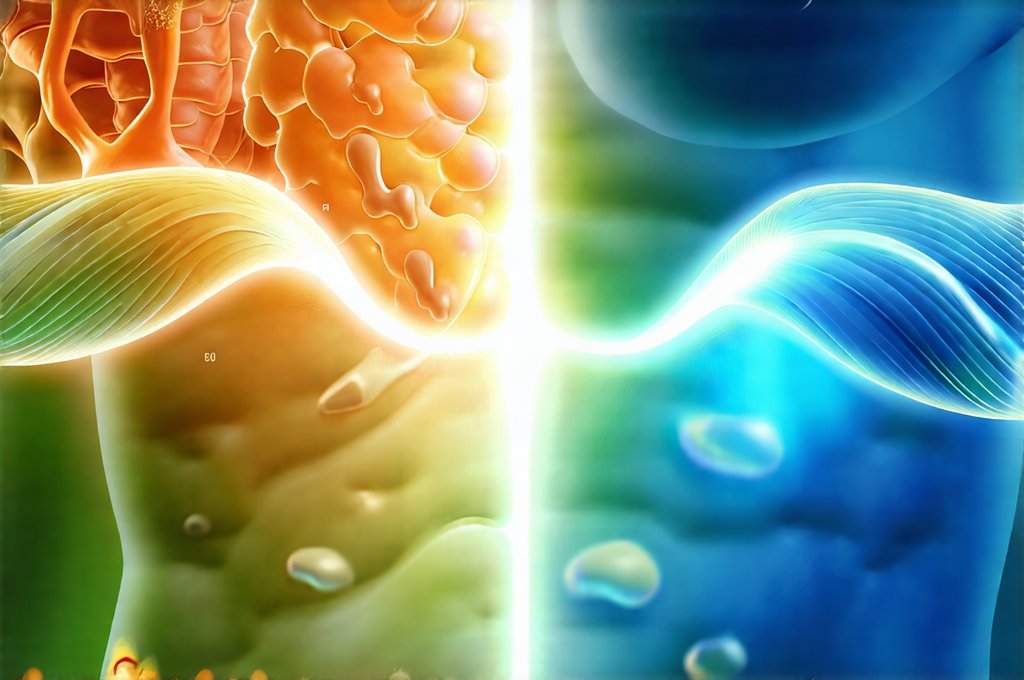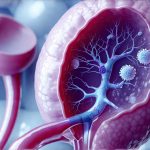Flare-ups—those unwelcome surges in symptoms—are a common experience across a wide range of chronic conditions, from autoimmune diseases like rheumatoid arthritis and Crohn’s disease, to skin conditions like psoriasis and eczema, even mental health challenges like depression and anxiety. Understanding what’s happening during these periods, and more importantly, recognizing the subtle signs that signal an impending flare, can be empowering for individuals navigating chronic illness. It shifts the focus from simply reacting to symptoms, to proactively managing their condition and potentially minimizing disruption to daily life. This isn’t about “curing” a chronic illness—often impossible—but it is about regaining some degree of control and predictability in the face of uncertainty.
The challenge lies in the fact that flare-ups aren’t always straightforward. They can vary wildly in intensity, duration, and even the specific symptoms experienced. What triggers a flare for one person might not affect another at all. And because chronic conditions often have periods of remission – times when symptoms are minimal or absent – it’s easy to fall into a cycle of feeling well, then suddenly being knocked off balance by a flare. This article will explore the different phases of a flare-up, from the earliest warning signs through peak intensity and eventual resolution, providing insights into how individuals can better understand and navigate these challenging periods.
Recognizing the Phases of a Flare-Up
A flare-up isn’t an instantaneous event; it unfolds over time, progressing through distinct phases that provide opportunities for intervention. While the specifics will differ depending on the condition, there’s often a predictable pattern that can be identified with careful self-monitoring and observation. The initial phase is typically characterized by subtle changes – slight increases in fatigue, minor discomfort, or a return of old symptoms at a very low level. These early warnings are crucial because they indicate a shift from stability and represent the best time to implement coping strategies and potentially mitigate the severity of the flare. Ignoring these signals often leads to more intense and prolonged experiences later on.
The second phase involves an escalation of those initial symptoms. What started as mild fatigue might become debilitating exhaustion, minor discomfort may evolve into significant pain, and previously manageable symptoms can become overwhelming. This is where active management becomes essential – adjusting medication (if applicable, and in consultation with a healthcare provider), increasing rest, modifying activity levels, and employing stress-reduction techniques. It’s important to remember that this phase isn’t necessarily the peak of the flare; it’s often a transition period leading towards more intense symptoms.
Finally, there’s the peak phase – the point where symptoms are at their most severe. This can be a physically and emotionally draining time, requiring significant self-care and support. After reaching this peak, the flare will gradually subside, returning to a baseline level of symptom management. Understanding that flares do have an end, even when they feel overwhelming, is vital for maintaining hope and resilience. It’s also important to reflect on the flare – what triggered it, how it progressed, and what coping mechanisms were most effective – to inform future strategies. In some cases, a cystoscopy exam may be used as part of the diagnostic process for underlying conditions that contribute to flare-ups.
Identifying Triggers and Early Warning Signs
Pinpointing triggers can be one of the most challenging aspects of managing chronic illness, but it’s an incredibly valuable skill. Triggers aren’t always obvious; they can range from environmental factors like weather changes or allergens, to lifestyle choices such as diet, sleep patterns, and stress levels, to even emotional stressors. Keeping a detailed journal – recording symptoms, activities, food intake, emotional state, and environmental conditions – can help reveal patterns over time. This isn’t about eliminating all potential triggers (often impossible), but rather becoming aware of them so you can proactively manage your exposure or prepare for their impact.
Early warning signs are equally important. These are the subtle changes that precede a full-blown flare, acting as an early alert system. For example:
– Increased fatigue even with adequate rest
– A slight return of pain or discomfort in affected areas
– Changes in sleep patterns (difficulty falling asleep or staying asleep)
– Increased anxiety or irritability
– Digestive issues like bloating or changes in bowel habits
Recognizing these signals allows for proactive intervention, potentially lessening the severity and duration of the flare. It’s about listening to your body and responding to its cues before symptoms escalate out of control. This requires a level of self-awareness that develops over time with consistent monitoring and reflection. Understanding how kidney ultrasound can help in diagnosis is also key to recognizing potential issues early on.
Managing Peak Intensity & The Return to Baseline
When a flare reaches peak intensity, the focus shifts from prevention to management. This often involves adapting existing treatment plans – potentially adjusting medication dosages (always under medical supervision), increasing rest, and employing pain management techniques. It’s also crucial to prioritize self-care during this phase, recognizing that your body is under significant stress. This could involve gentle movement like stretching or yoga, mindful meditation, spending time in nature, or engaging in activities that bring you joy – even if only for short periods. Don’t underestimate the power of small comforts.
The return to baseline isn’t always linear; there may be fluctuations and setbacks along the way. It’s important to practice patience with yourself and avoid pushing too hard, too soon. Gradually reintroduce activities as you feel able, listening carefully to your body’s signals. This is also a good time to reassess your coping strategies – what worked well during the flare, what didn’t, and what adjustments might be needed for future events. Remember that even though symptoms may subside, it doesn’t necessarily mean complete remission; it signifies a return to a more manageable level of chronic illness.
The Importance of Support & Communication
Navigating flare-ups can feel isolating and overwhelming. Having a strong support system – comprised of family, friends, healthcare professionals, or support groups – is essential for emotional well-being and practical assistance. Open communication with your healthcare provider is also paramount; don’t hesitate to discuss changes in symptoms, concerns about medication, or the need for additional support. Sharing your experiences with others who understand chronic illness can reduce feelings of loneliness and provide valuable insights.
Furthermore, learning to advocate for your own needs – both physical and emotional – is a crucial skill. This might involve asking for help with daily tasks, setting boundaries to protect your energy levels, or challenging misconceptions about chronic illness. Ultimately, managing flare-ups isn’t just about treating symptoms; it’s about empowering yourself to live a full and meaningful life despite the challenges of chronic illness. It’s an ongoing process of learning, adapting, and prioritizing self-care. It is also important to be aware of risks associated with ignoring early symptoms that may lead to flare ups.





















